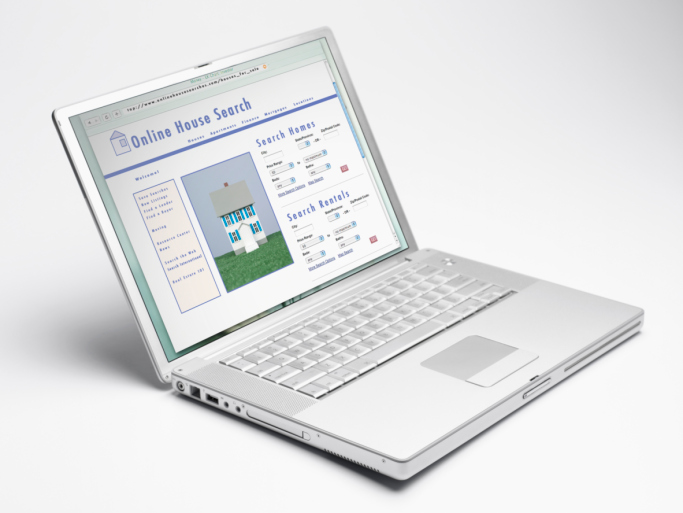 It’s funny how a career in marketing takes you down these specific paths of enlightenment designed to refine you into the talent that you are today.
It’s funny how a career in marketing takes you down these specific paths of enlightenment designed to refine you into the talent that you are today.
Quite a few years ago as a young marketer and web designer for a software company (before my days in Automotive) I began researching, developing, and implementing elements of this little-known style of web design called “responsive” design. Responsive design basically means that you have one website that scales down to fit any browser size, or device window size in a seamless transition. (Not to be confused with Adaptive, Mobile Versions, iPhone Versions, or any other word that isn’t “responsive”.)
What drew me to it specifically was the endless potential for optimized user experience, SEO value, and fast maintenance potential. After all, a website is just like a car- The better the experience, the better chance of the customer buying.
We all knew that a desktop optimized website was impossible to navigate on a smartphone, and a “mobile” version of a website was nothing more that some ugly, thumb-sized buttons that basically just had a couple links and a phone number.
Responsive seemed to be the solution. It just made sense. And not because we (designers and marketers) wanted to do geeky things because we were bored with what we’d already created, but because we were terrified at the staggering number of devices and screen resolutions that were creeping into the market. Everyone got into the smartphone race. Everyone made a different sized tablet, and I, for one, did NOT want to sit at a table with 40 different devices trying to figure out how to optimize the user experience on all of them.
(Example: AndyMohrFord.com, look at it on both desktop and phone, or grab the corner or desktop browser and scale it down to about phone size.)
Fast forward to 5 years later, and a healthy, growing number of responsive sites popping up each and every day. Their sophistication has grown with new technology and code languages. They are readily available to present themselves cleanly and accurately on all devices. Responsive sites are one site, that fits into any browser. They are increasingly becoming the gold standard by which all websites SHOULD be built..Why you ask?
According to smartinsights.com- Q4 projections for 2013 had Mobile and Tablet at over 25% of all internet usage. That’s up from 19% in Q4 of 2012. And as a dealerships, with 40-50% of all your new traffic coming from your digital efforts, wouldn’t you say that’s an important number of people to provide a quality experience for?
The analogy I always choose to use is this: If 100 people walk through your front door on a Saturday, you grab 25 and put beer goggles them on and say, “Go find your own way around the dealership and just call me if you see anything you like.” That would be about the same as offering a lesser quality website to mobile and tablet users than you did to your desktop shoppers.
Don’t alienate the person on their smartphone looking for the same shopper quality experience as the person at home on their desktop. Remember, the person on their phone might be in the passenger seat of a car that is on their way to what could be your dealership! If you can accurately show them that you have what their looking for, they are likely to stop in.
Now there are a handful of dealership-specific website providers that have moved into the realm of responsive design, and a few 3rd party’s that will help to ensure that their plug-ins and site additions are scaling down to mobile as well, but (and I encourage you to heed my advice here).. Mobile and tablet traffic WILL increase rapidly year over year. Mobile and tablet technology will make the shopper, and buying experience smarter and faster. Will you be responsive to it? Or will you stay fixed-width?








